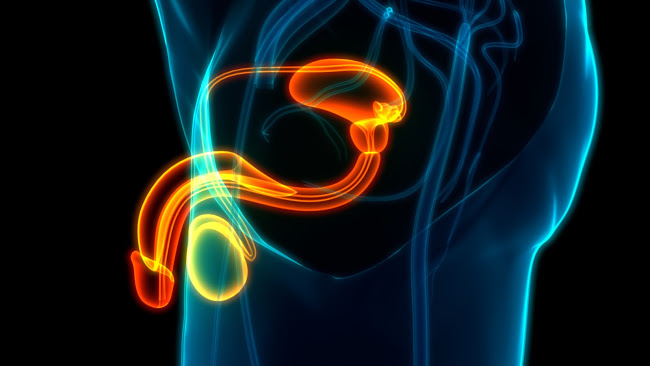
What is pelvic floor physical therapy?
Pelvic floor physical therapy is a treatment applied to pelvic floor muscles. Pelvic floor muscles support the pelvic organs, assist in bowel and bladder control, and contribute to sexual arousal and orgasm.
A person may be referred to pelvic floor physical therapy to treat incontinence, difficulty with urination or bowel movements, constipation, chronic pelvic pain, and painful intercourse.
Women may see a pelvic floor physical therapist for treatment for a variety of conditions, including vaginismus or endometriosis. Male disorders, such as painful ejaculation and premature ejaculation, can also be treated this way.
Pelvic floor physical therapists might use several techniques:
- Education. Patients may need to learn more about their pelvic anatomy and how different components work alone and together. They may also need to learn how habits or hygiene affect their symptoms.
- Pelvic floor exercises. Patients are taught how to contract and relax pelvic floor muscles in relation to other muscles. They are also taught breathing and timing techniques to make the exercises more effective. Such exercises can stretch tight muscles, strengthen weak ones, and improve flexibility.
- Manual therapy. A physical therapist may use hands-on massage or stretching to help with posture, blood circulation, and mobility.
- Pelvic floor biofeedback. Biofeedback is a technique that can help patients “see” how the pelvic floor muscles are working. To do this, a probe is inserted into a woman’s vagina or a man’s anus and results are displayed on a computer screen.
- Electrical stimulation. A low voltage electrical current may be used to teach patients how to coordinate their muscle contractions.
- Vaginal dilators. These tube-shaped devices can help women learn to relax their pelvic muscles to allow easier penetration. Women who have been treated for gynecological cancer may also find them helpful for vaginal rehabilitation after treatment.
Pelvic floor physical therapy may be part of a comprehensive treatment plan involving primary care physicians, gynecologists/urologists, sex therapists, and mental health professionals.





